The Soviet Carriers
02 September, 2018 | General News
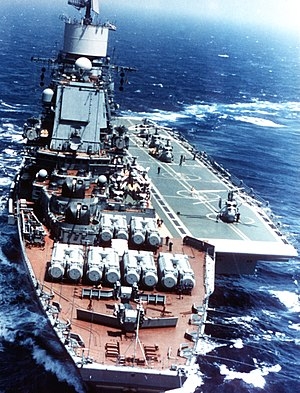
The Soviet Navy was late to the game when it comes to using aircraft carriers or, as they were called to bypass the "Montrose Convention," and perhaps more accurately, "Aviation Cruisers." In previous blogs we discussed how US Aircraft Carriers form the core of that country's power projection and global influence strategy, as well as how the smaller NATO Carriers fill roles which free up the Americans behemoths from many minor tasks. Here we will focus on the Soviet use of carriers to fulfil even different roles.
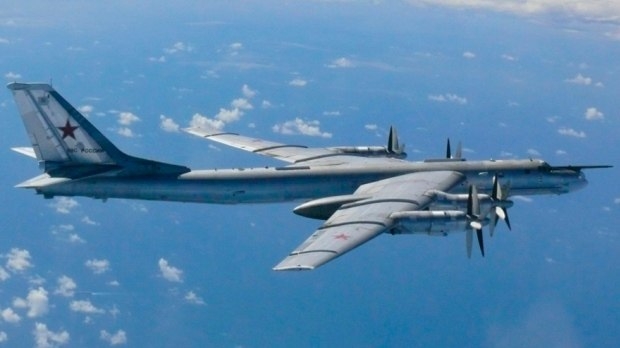
Soviet carriers were not built for power projection. For this the Soviet Navy relied upon Long Range Aviation (LRA) and submarines. For the first 30 years of the Cold war, the main purpose of Soviet surface forces was to protect these two major strike arms, they did this by both missile attacks against NATO forces and by Anti-Submarine Warfare (ASW). Keeping NATO forces at arm’s length from Soviet bases and SSBN Bastions, particularly the Kola Peninsula and Barents Sea, was key to protecting the Soviet Union's ability to strike mortal blows when required. In the late 1970s the surface forces' role started to evolve; if the missile and ASW forces were to survive long enough to protect the bastions, they needed air cover.
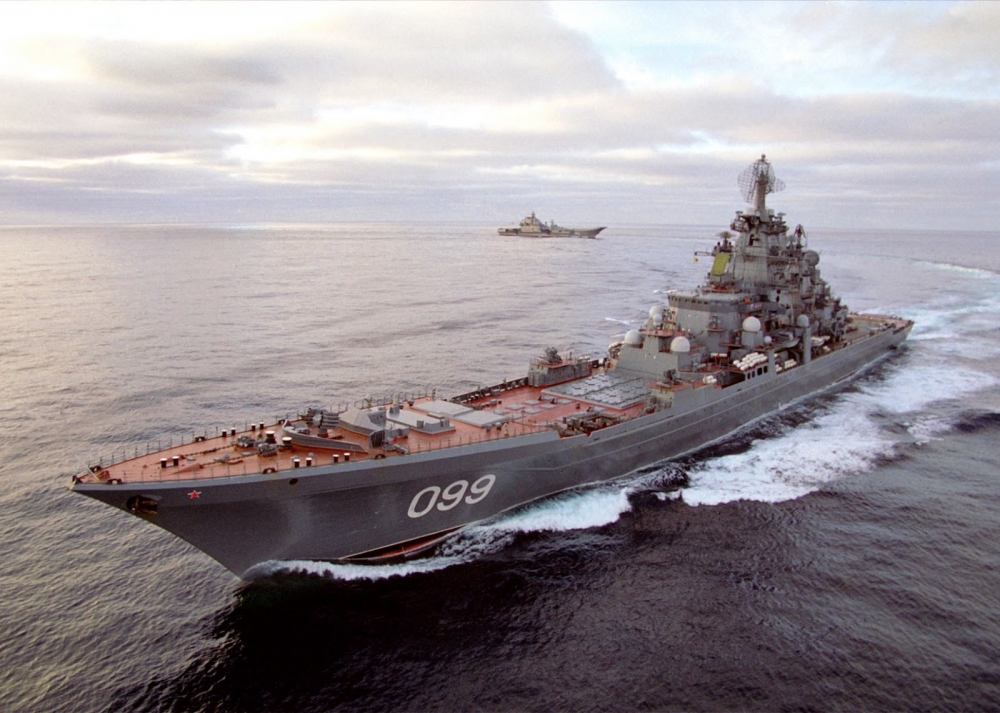
Soviet Aviation Cruisers had two basic roles: firstly, as flagship of ASW task groups similar to their European NATO adversaries, and secondly to provide air to air cover for ASW and missile task groups. Although ship-borne aviation could perform limited strike tasks, that was purely a secondary role. With the introduction of the larger Kuznetzov class the groundwork was laid for an expansion of the air-to-air role, in which carrier aviation would provide escort for LRA strikes. However, such missions would only be possible under specific circumstances.
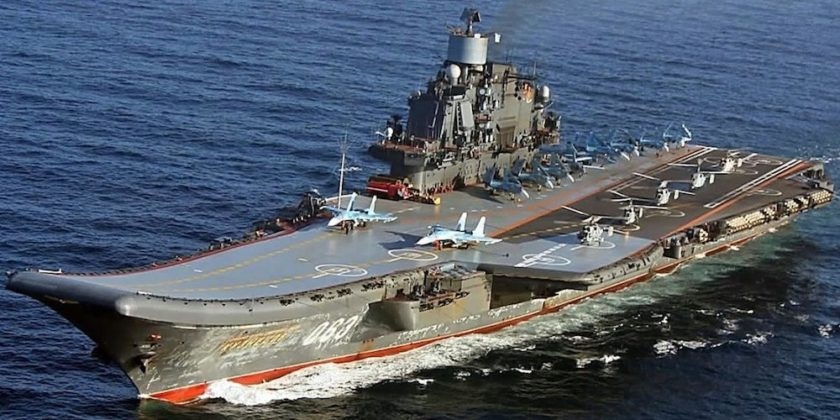
The design of the Soviet carriers then was somewhat unique. In addition to carrying aircraft, these ships act as strike cruisers, carrying powerful sensors, capable ASW systems, and a formidable anti-surface and anti-aircraft arsenal. Below is a rundown of the various Soviet carrier classes:
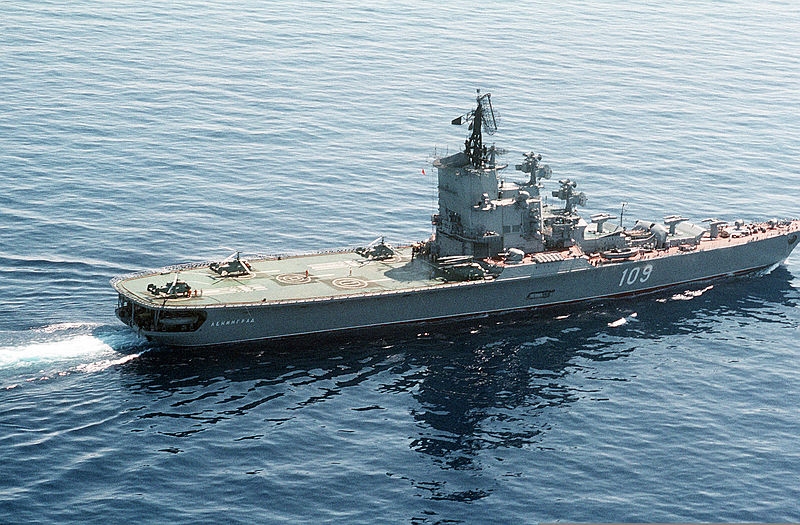
The two ships of the Moskva class were the Soviet Navy’s first foray into large Aviation Cruisers, and it was unfortunately, not a good effort. Deploying in the 1960’s they were limited by terrible reliability and reportedly worse sea keeping properties. These ships were eventually transferred to the Mediterranean, where the generally calm weather would better suit their abilities. The design of the Moskva class was also evolutionary, lacking the long-range anti-air or anti-surface missiles of their successors. The Soviet Navy learned many very hard lessons with this class, however, to fill Command and Control (C2) duties on extended cruises and to lead an ASW task group, they were far better than anything else on offer. The ability to carry 18 helicopters and provide maintenance facilities for the others in the fleet was a major improvement for far flung task groups and created a formidable ASW force that NATO was forced to recon with. In Northern Fury, as in the historical world, both ships are members of the Black Sea Fleet and are in the Mediterranean at war start; Moskva off the coast of Syria and Leningrad near Tripoli Libya.
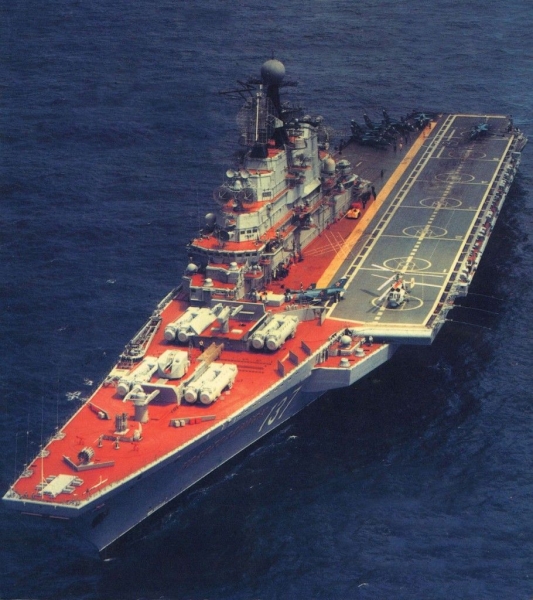
These ships are the most recognized and probably the most successful examples of Soviet Aviation Cruisers. Historically the four ships of the class never operated at the same time due to a myriad of problems, but in Northern Fury they do and are distributed evenly between the North and Pacific Fleets. The Kiev Class represent a substantial leap in technology, doctrinal development and capability over the Moskva, actually calling it a single class is a stretch as there are significant difference between ships as development continued. When built, their 44,000 tons was far larger than anything else in the Soviet Navy, even the nuclear powered
Kirov class Battlecruisers. In addition to carrying more than a dozen helicopters, this class introduced fixed wing VTOL (Vertical Take Off and Landing) aircraft to the Soviet air groups.
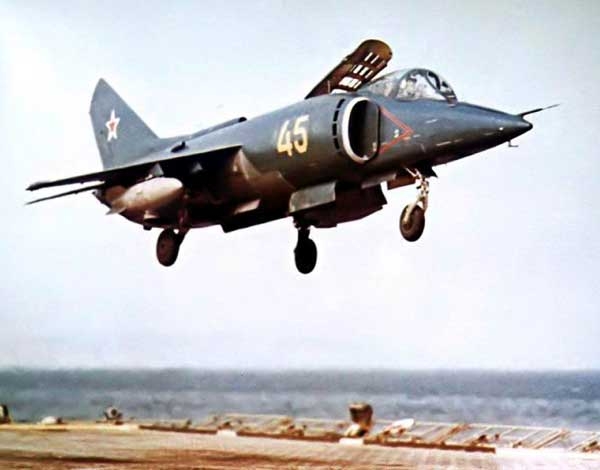
The Yak-38 Forger, the Soviet’s first production VTOL aircraft was not nearly as capable as its contemporary, the Sea Harrier. However, the 20 examples held on board the Kiev class gave Soviet Commanders something they had never had before: ready and available fixed wing air power. The main armament of these ships, however, was their missile battery, composed of 16 long range P-500 Bazalt (SS-N-12 Sandbox, 4 twin launchers and a full reload) and over 100 short and medium range SAMs (Surface to Air Missiles).
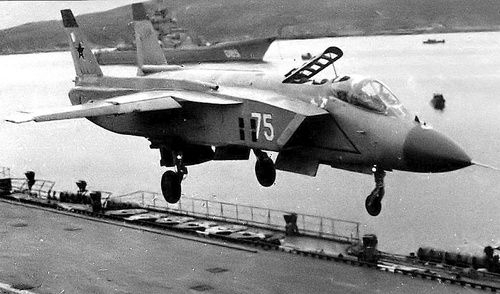
These were important and powerful ships but the missiles, combined with an impressive C2 and ASW suite, was let down by the poor performance of the Yak-38, which was unable to fulfil the air protection task. Indeed, many felt that this class of ship did not properly fit into its assigned role at all, since it tried to do too many things in one hull. However, Northern Fury being an alternative history has some licence to change the narrative, and in our world the Yak-141 Freestyle has reached production status and has joined the fleet in small numbers. You will find the Kiev and the much-improved Baku operating in the Red Banner Northern Fleet, while Minsk and Novorossiysk operate out of Vladivostok in the Pacific.
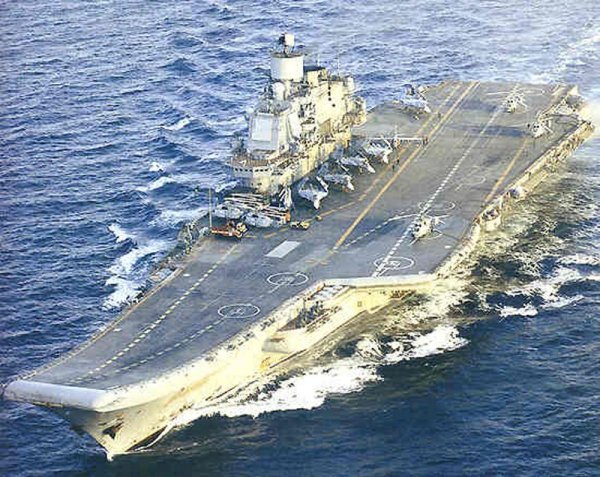
Far closer to the classic aircraft carrier, the Kuznetsov is still, at its core, an Aviation Cruiser. Armed with a dozen P-700 Granit (SS-N-19 Shipwreck) anti-ship missiles in vertical launch tubes and over 250 short and medium range SAMs, the ship's air group could almost be considered secondary. In Northern Fury as in the real world, the Admiral Kuznetsov is based in the Northern Fleet. His sister ship, the Varyag, was launched in the Crimea in 1988, and towed to Murmansk in 1992. At the start of the war the Varyag is apparently still being completed.
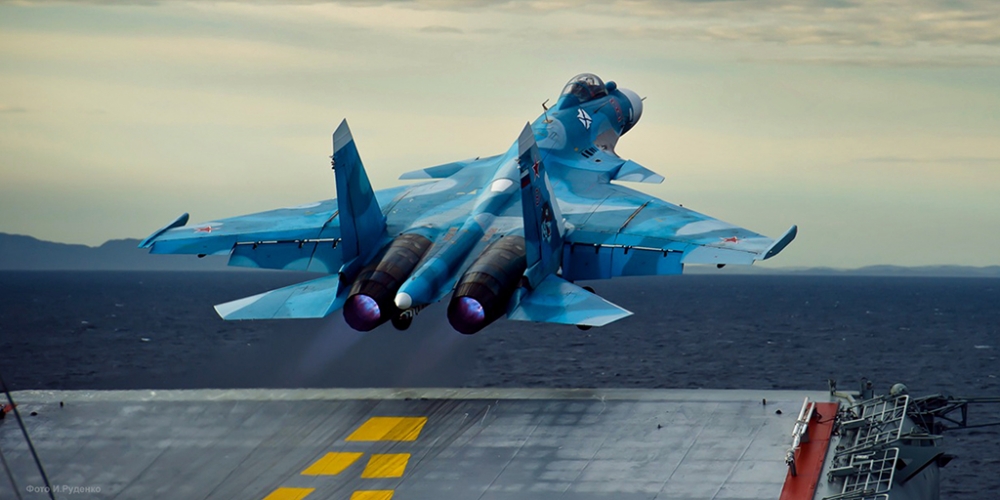
The air wing of this carrier has been in flux since it was launched, mostly because carrier aircraft development started to lag in the late 1980s. Several types, including the MiG-29K, and the Su-33, are far superior to any other Soviet ship-borne aircraft to date. Despite these new airframes, and with the Yak-38, Yak-141, and Su-25UTG used for training embarked, Soviet naval air groups were always a disappointing mix both in numbers capability. In Northern Fury, some of these problems are wished away; the Su-33 was developed on time and in adequate numbers while the MiG-29K proved a capable ground attack platform. Although the standard air group may change over the course of the Northern Fury campaign, at the outbreak of the war the Admiral Kuznetsov’s air wing consists of the following:
24x Su-33 air superiority fighters in two squadrons
8x Ka-27PL ASW Helicopters
2x Ka-27PS Search and Rescue (SAR) Helicopters
3x Ka-31RLD Airborne Early Warning (AEW) Helicopters
Not embarked: 12x MiG-29K for ground attack tasks and replacement
Not embarked: 4x Su-25UTG for training
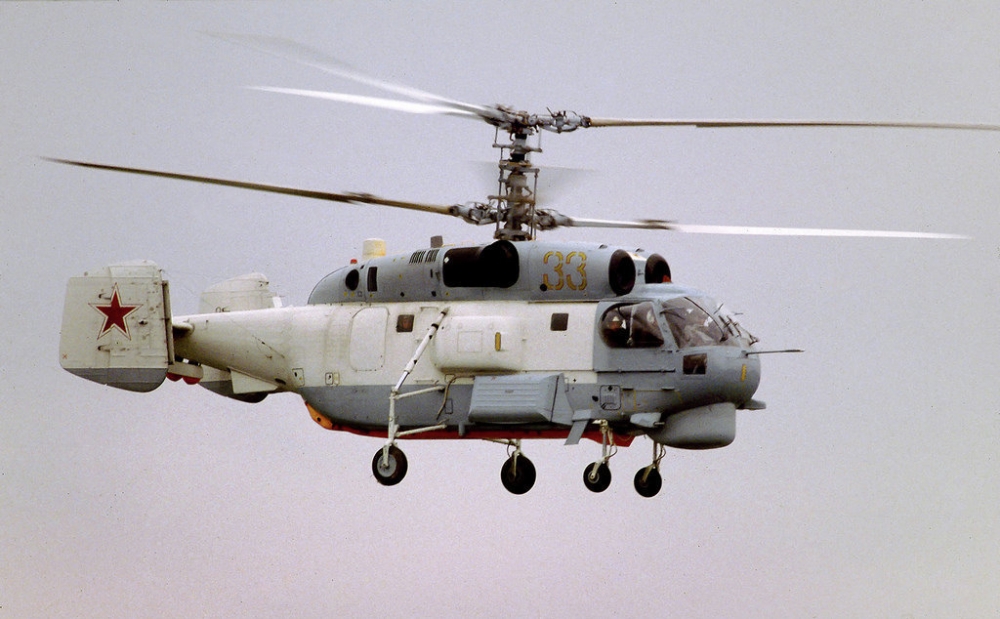
So, in summary, the Soviet carriers were designed generally as support platforms to defend surface and submarine forces, rather than to act as the heart of power-projecting strike groups. However, countries rarely get to fight the wars they wish in the ways they intend, and these platforms find new roles and unexpected strengths in Northern Fury, though their weaknesses and eccentricities remain as well.